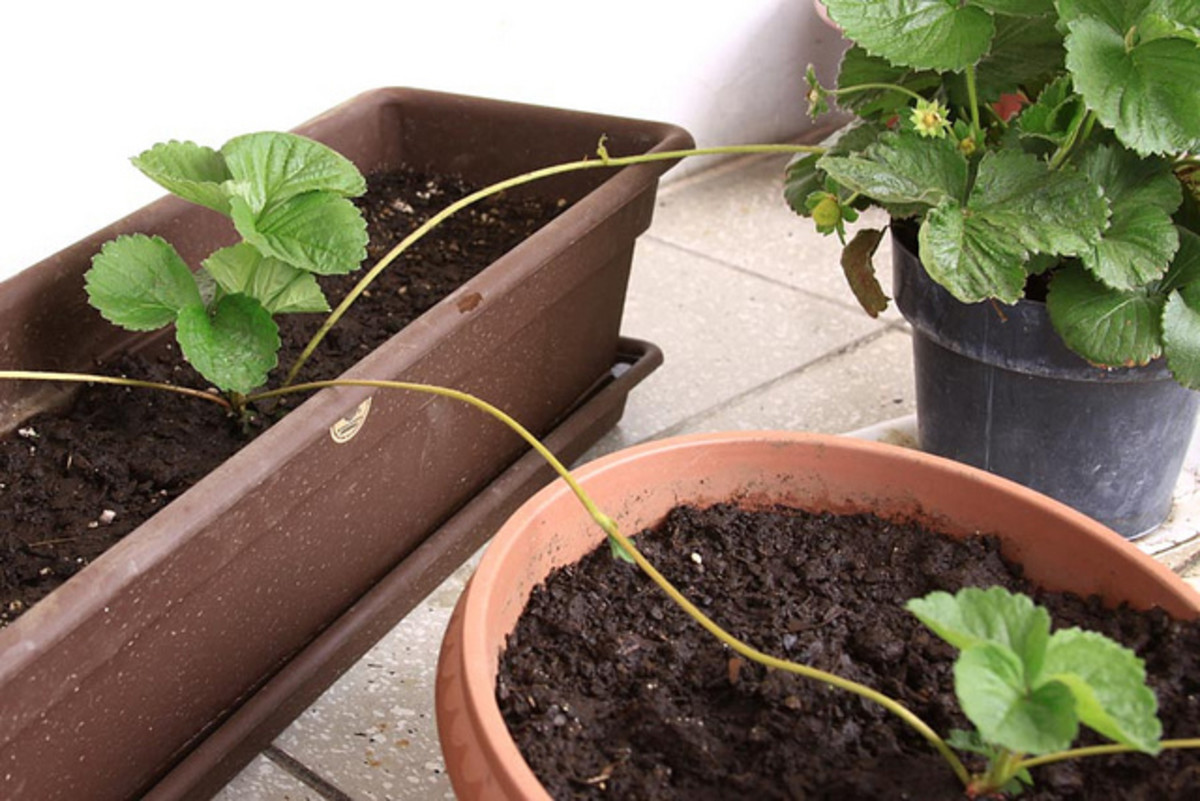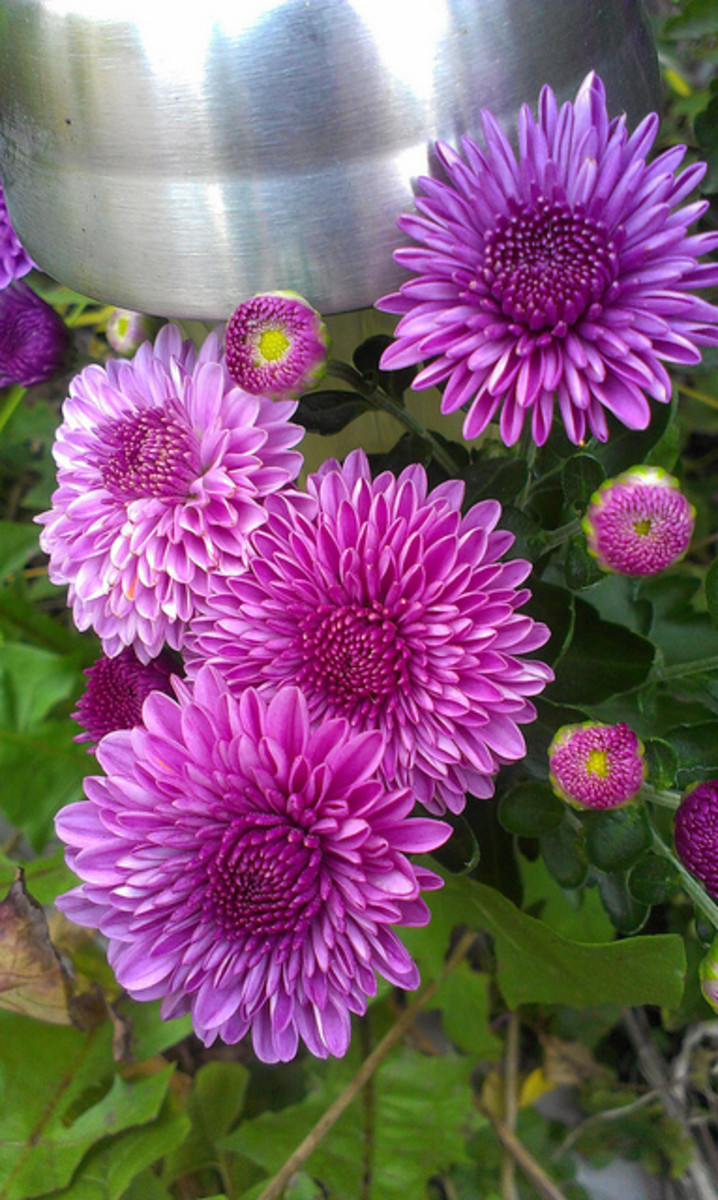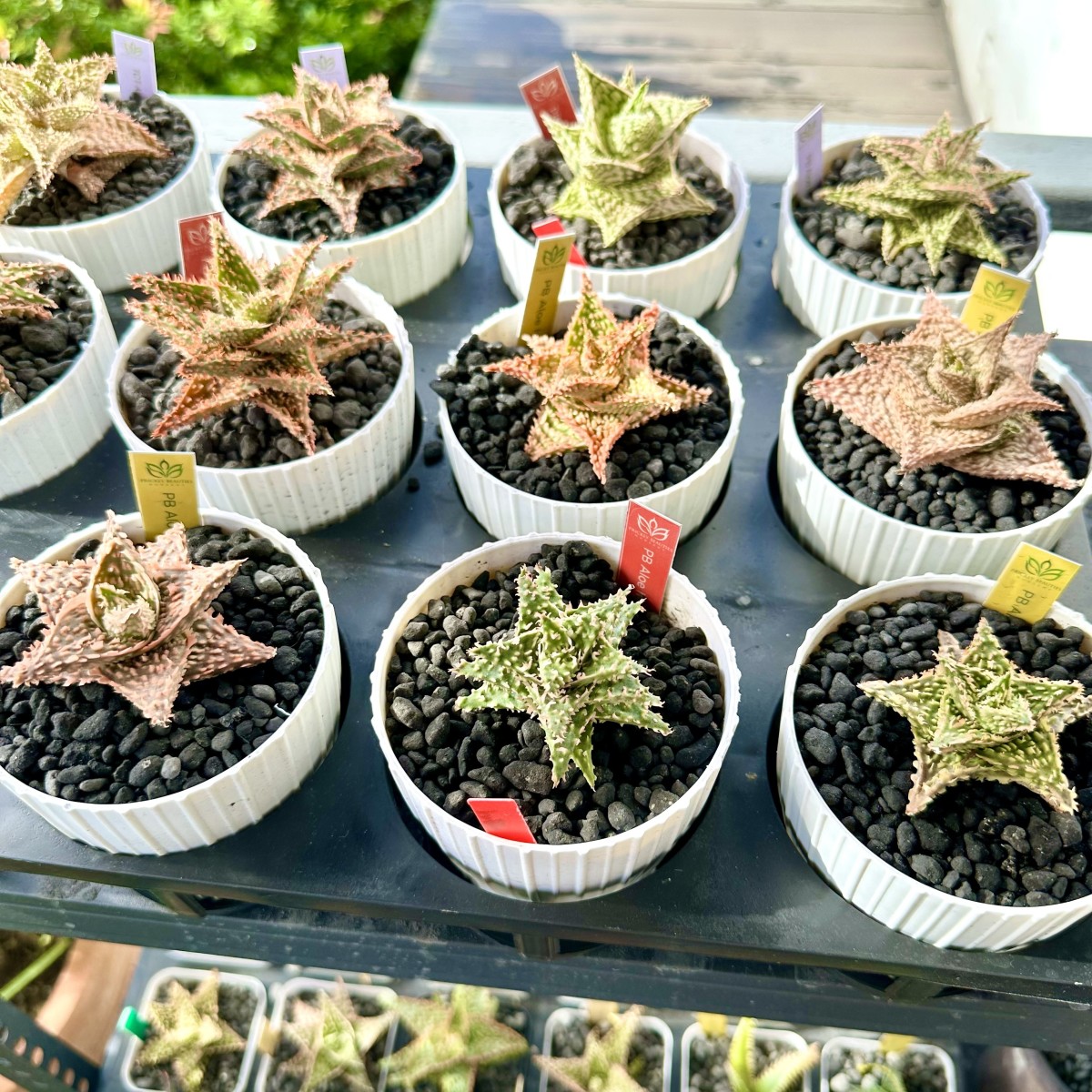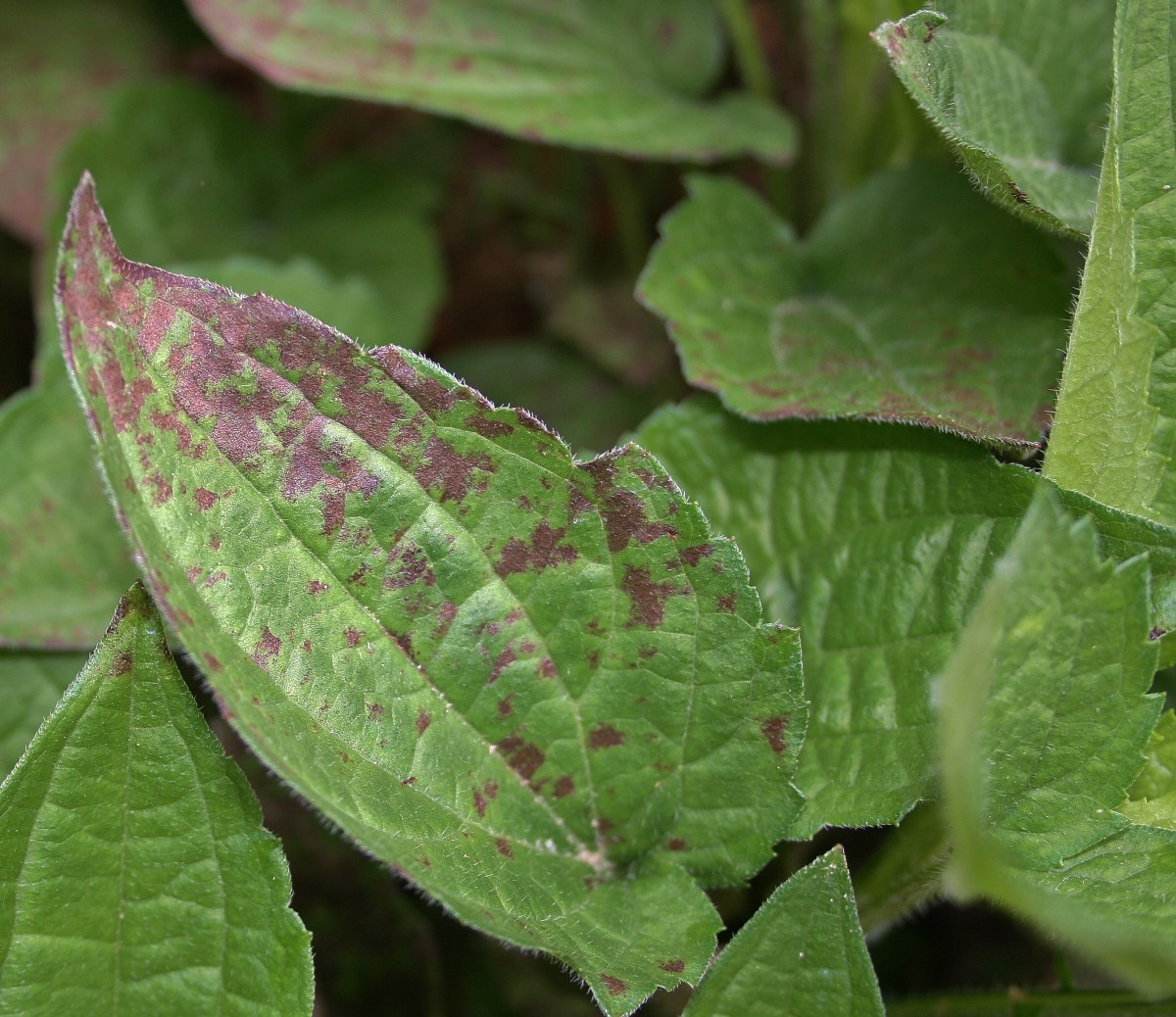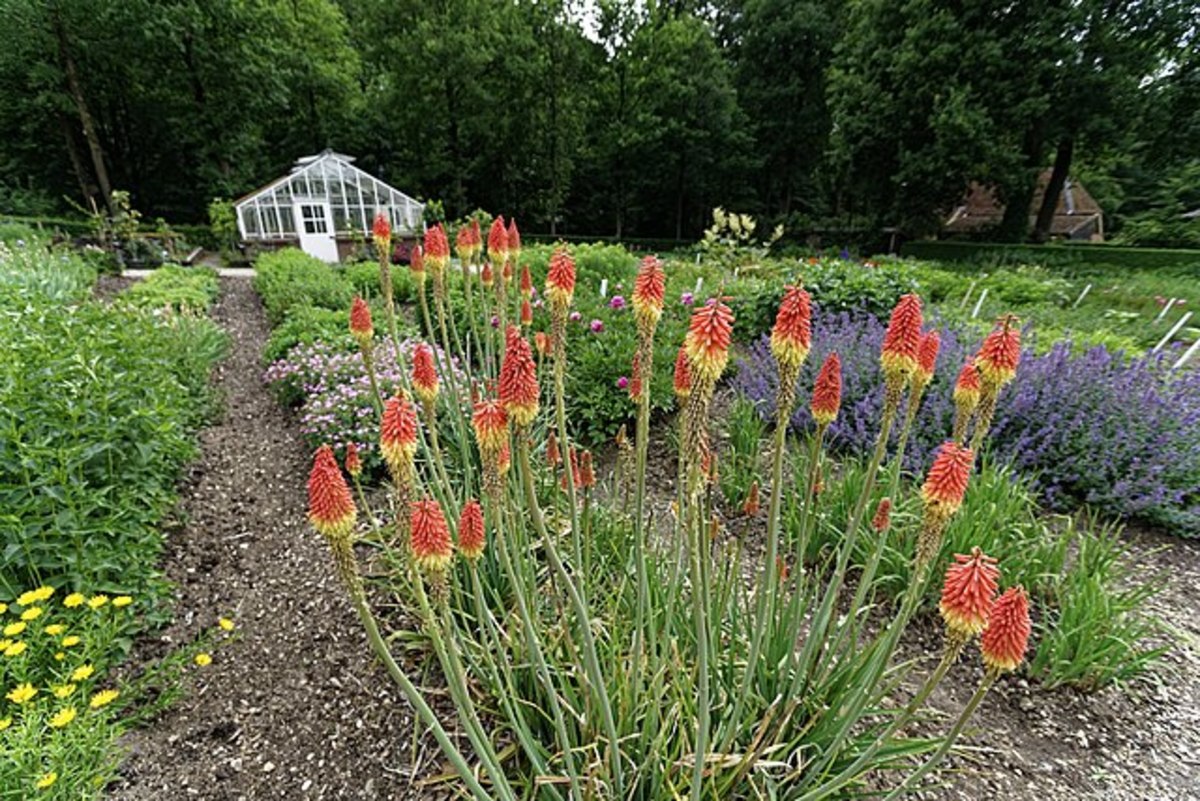- HubPages»
- Home and Garden»
- Gardening»
- Planting Flowers
Plant Spotlight: Yarrow (Achillea Millefolium)
The Humble Yarrow
Yarrow (Achillea Millefolium) is a member of the Aster family of plants (others are mums and chamomile). This perennial is prized in cottage gardens and butterfly gardens, but I find it is an under-used plant outside of these applications. The erect plant grows to about 3 and a half feet tall, with upright, hairy and fern-like leaves. It produces a wonderful flower head, very similar in looks to Wild Parsnip and Queen Anne's Lace. Butterflies and Bees go crazy for the flowers, which typically bloom from May through June. Deadheading the spent blooms will ensure a second bloom period.
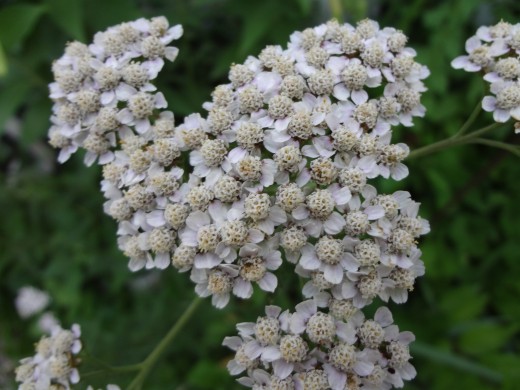
Yarrow Habitat
Yarrow is commonly found in wildflower settings, meadows and forests. It likes full sun to part sun and isn't fussy about the type of soil. It is a very drought tolerant plant, but can take moisture just as well. A very easy plant to grow.
Yarrow Poll
Do you have Yarrow growing in your garden?
Yarrow Origins
Yarrow is mostly considered an ornamental plant these days, but historically is was used as a medicinal plant. Topically, it was used to treat wounds, cuts and abrasions. One of it's nicknames, Woundwort, enforces this use. In mythology, the Greek hero Achilles uses Yarrow to stop the bleeding of his soldiers after battle. Yarrow promotes blood clotting.
The essential oil extraction of the Yarrow plant is used as an anti-inflammatory and for colds/flu as a chest rub (used like Vicks Vapor Rub).
Native Americans would chew the leaves for toothaches, as it is believed to also be an effective pain reliever.
In the Middle Ages, Yarrow was used to flavor beer before the discovery of hops.
Some people may be allergic to Yarrow, so it is best if you test a small area on your arm by rubbing the leaves and waiting to see if there is a reaction.
**Also, if you plan on ingesting it, please ask your health care advisor about possible drug interactions.
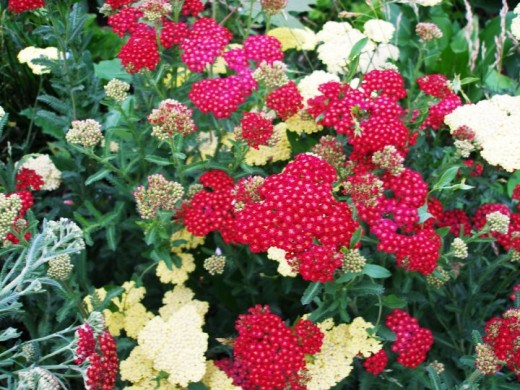
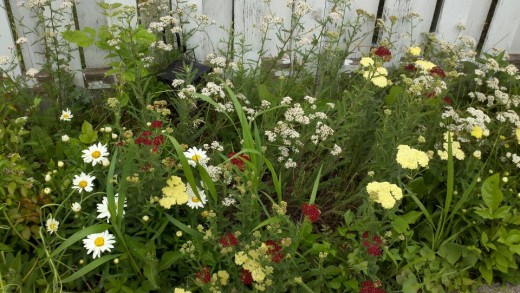
When Yarrow Goes to Seed
If you allow your yarrow to go to seed, expect it to pop up everywhere! It is a very prolific self-seeder and can become invasive.
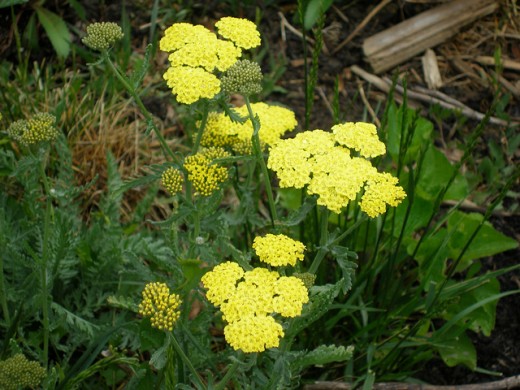
Yarrow Propagation
Yarrow is exceptionally easy to grow from seed, so you don't need to run out and purchase live plants. This will save you money, as seeds are much cheaper than plants. If you are on a budget, you can always check your local free-cycle ads to see if anyone has any seeds to share from their own garden.
Yarrow seeds need light to germinate, so scatter the seeds on the surface of the soil and barely cover. Seeds require temperatures between 65 and 75 degrees for proper germination.
Seedlings emerge in about two weeks and they grow rapidly in the heat of early summer. You will be covered in flowers in no time!
Yarrow make excellent cut flowers and are long-lived in the vase.

Yarrow By Any Other Name...
There are many common names that Yarrow goes by:
- Woundwort
- Bloodwort
- Carpenter's Weed
- Death Flower
- Devil's Nettle (people used to believe the plant was "of the Devil")
- Field Hops
- Milefoil
- Sanguinary
Did You Know?
- Some bird species use it to line their nests. The thought among scientists suggest the essential oils of the plant repel certain insects.
- Yarrow improves erosion control.
- Yarrow Improves the condition of the soil it is planted in.
- Yarrow repels bad bugs in the garden and because of this, improves the health of other plants that are planted near it.
For More Information on Yarrow and Other Wildflowers
- Lady Bird Johnson Wildflower Center - The University of Texas at Austin
Lady Bird Johnson Wildflower Center focused on protecting and preserving North America's native plants through native plant lists and image galleries, conservation, education, natural landscapes, seed collection - Millennium Seed Bank (MSB) Project,
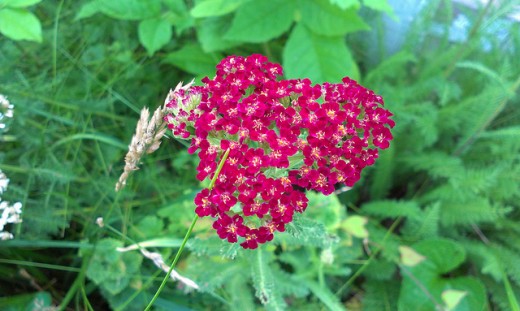
Yarrow Article Feedback
Was this article on Yarrow helpful?
© 2014 Lisa Roppolo


